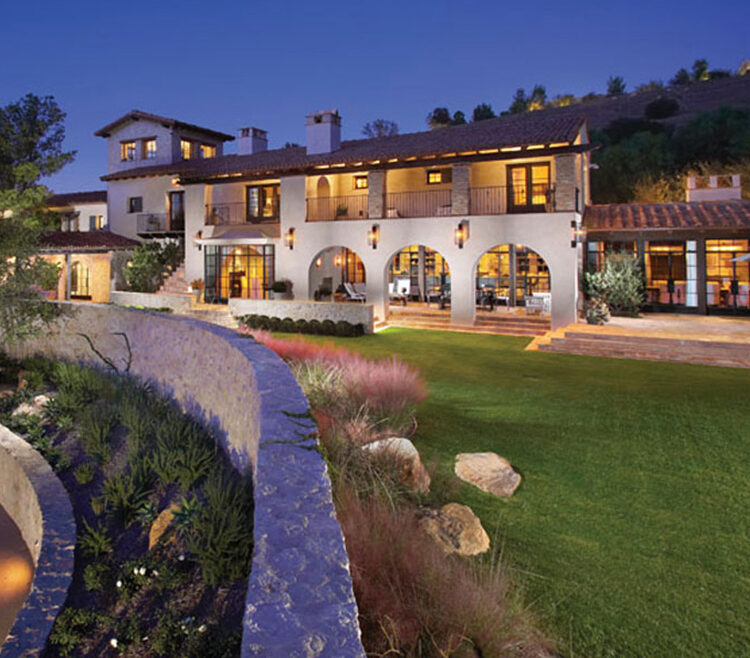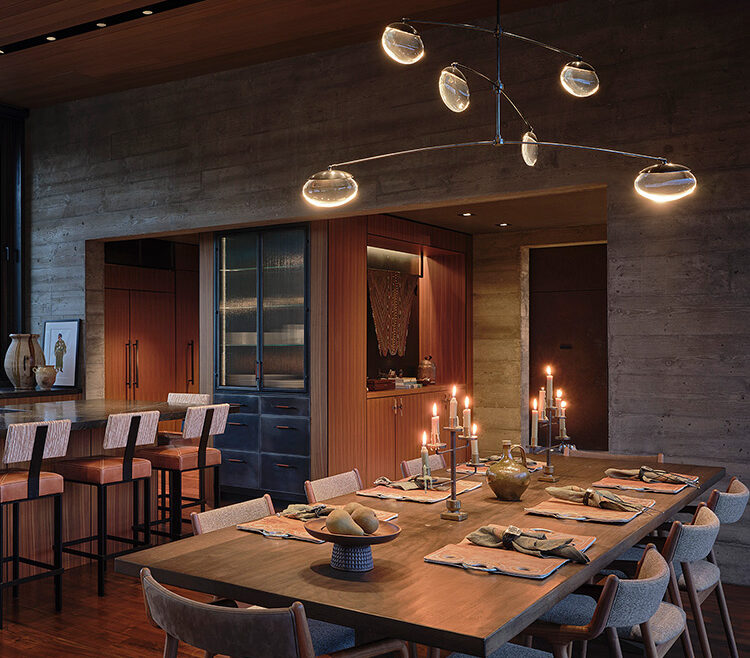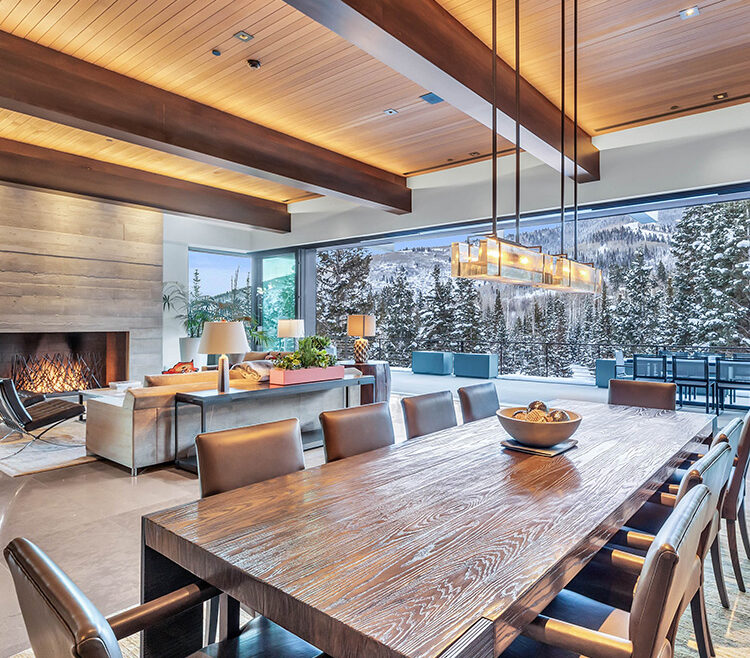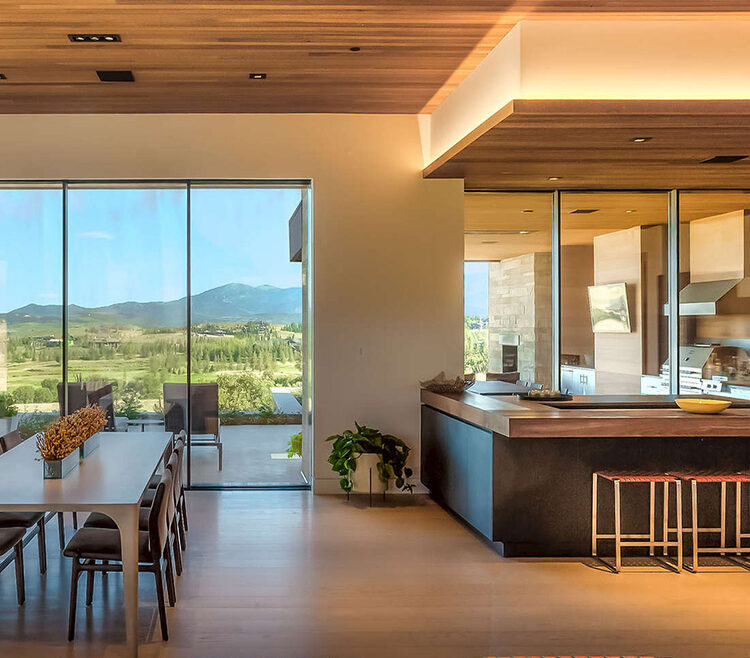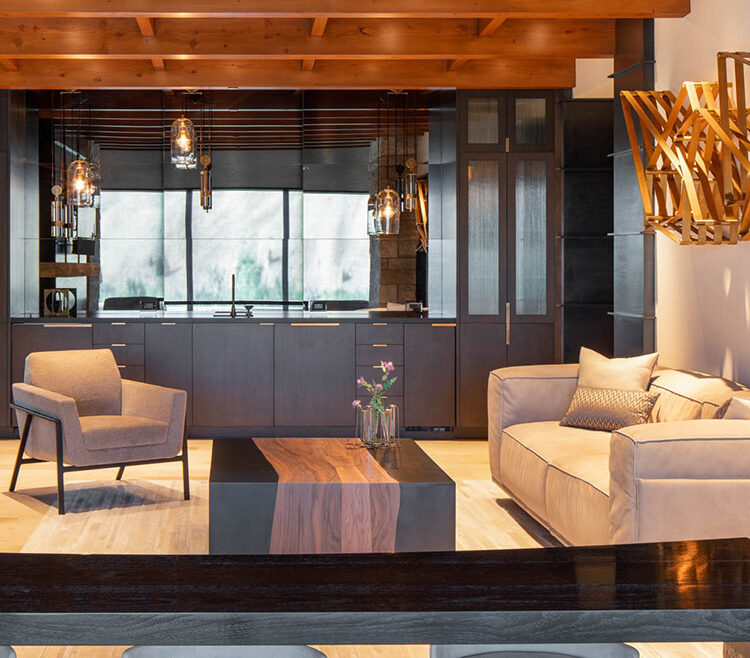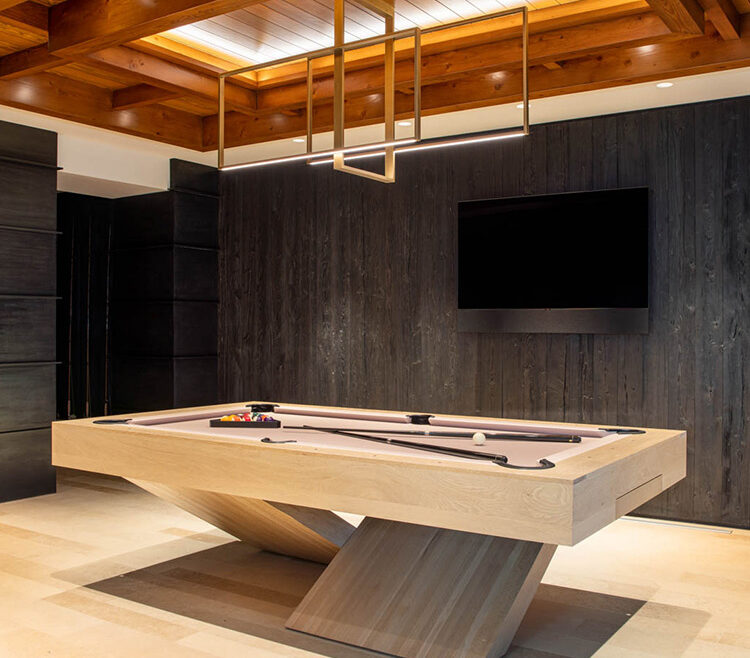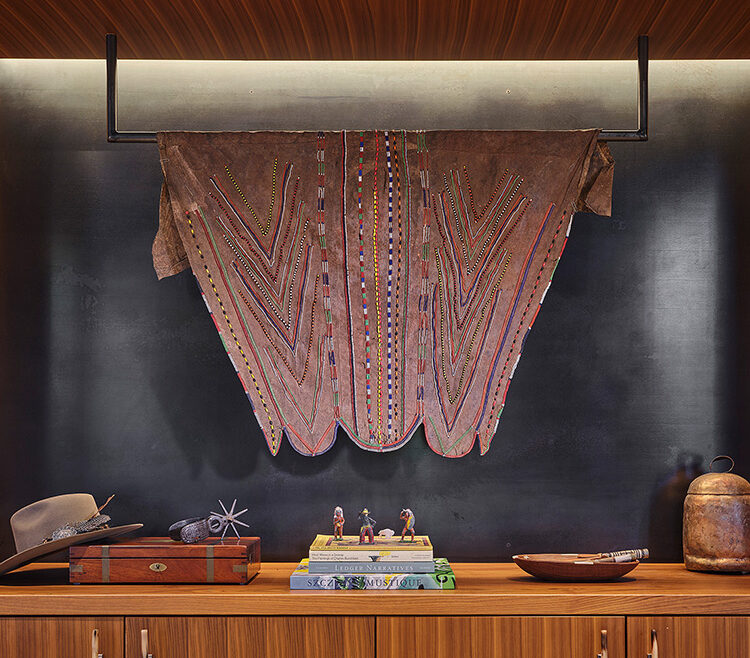Designing Warm Welcomes
Designing Warm Welcomes
A warm welcome, the moment you arrive.
Thoughtfully layered architectural and landscape lighting guides you home with gentle glow and natural warmth — enhancing safety, emphasizing design, and elevating the experience of arrival.
The arrival sequence of a home is one of the most important aspects of architectural design, yet it’s often overlooked when lighting is treated as an afterthought. At Adaptive Design Group, we view the exterior approach as the first chapter in the story a residence tells — a moment where light, architecture, and landscape work together to create an atmosphere of comfort, intention, and belonging.
The process of designing warm welcomes, starts with understanding.
Designing a warm welcome begins long before a single fixture is installed. It starts by understanding the home’s orientation, natural landscape features, material palette, and architectural rhythm. Our process ensures that lighting enhances these elements rather than competes with them. Pathways are softly illuminated to guide footsteps, driveways receive gentle gradients of light instead of harsh beams, and key architectural lines are highlighted with subtle precision to draw the eye toward the entry.
Landscape lighting plays an equally important role. By accentuating trees, plantings, stonework, and natural contours, we create depth that feels organic and inviting. Shadows become part of the composition, and the home settles comfortably into its surroundings. Instead of overpowering the property, the lighting supports it — shaping space, improving visibility, and creating emotional resonance the moment someone arrives.
Warmth is at the core of this approach. Through the careful use of color temperature, dimming, and fixture placement, we ensure the home feels lived-in and welcoming, not overlit or sterile. The glow at the entry should feel like an open door — an embrace of light that signals comfort and safety. This is where architectural lighting shifts from a technical element to a human experience.
Inside the home, this warm arrival seamlessly transitions through the foyer and into adjacent spaces. Exterior lighting is balanced with interior glow to avoid abrupt contrast, creating a gentle progression that feels cohesive and intentional. The goal is simple: a home that greets you softly, whether you’ve been gone for days or simply stepped outside for a moment.
When lighting is integrated early, the entire arrival sequence becomes more than functional — it becomes transformative. Light defines how the home is perceived from the street, how guests experience their first steps inside, and how each resident feels when returning after a long day. It’s an emotional touchpoint that sets the tone for the entire residence.
At Adaptive Design Group, we design these warm welcomes with the same care we apply to every layer of light within a home — blending technical expertise with artistic intention to elevate the experience of arrival from the very first glow.
Contact us for your luxury residential lighting project.


